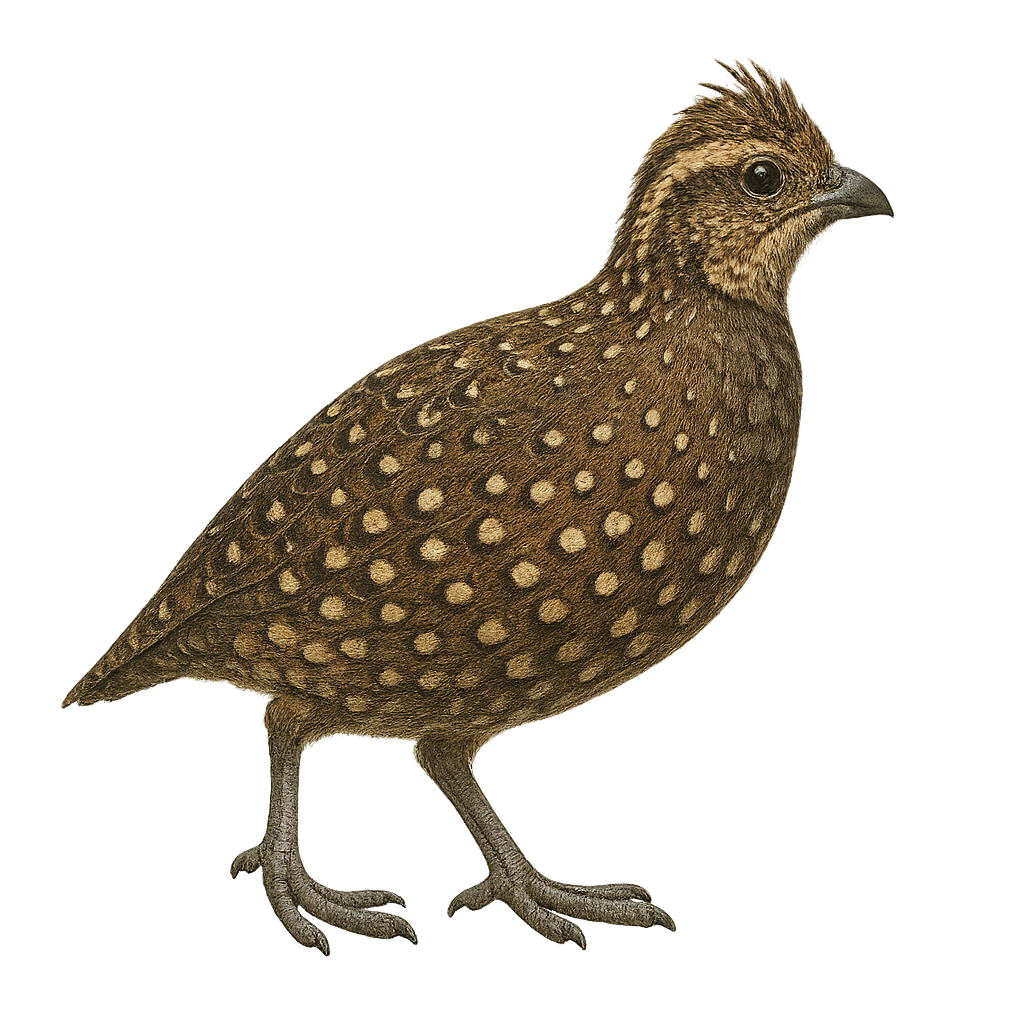Your wildlife photography guide.
Explore the white-throated quail-dove in detail, study its behavior, prepare your shots.
Where to observe and photograph the white-throated quail-dove in the wild
Learn where and when to spot the white-throated quail-dove in the wild, how to identify the species based on distinctive features, and what natural environments it inhabits. The WildlifePhotographer app offers tailored photography tips that reflect the white-throated quail-dove’s behavior, helping you capture better wildlife images. Explore the full species profile for key information including description, habitat, active periods, and approach techniques.
White-throated Quail-Dove
Scientific name: Colinus leucopogon

IUCN Status: Least Concern
Family: ODONTOPHORIDAE
Group: Birds
Sensitivity to human approach: Suspicious
Minimum approach distance: 10 m
Courtship display: May to August
Incubation: 23-24 jours
Hatchings: May to September
Habitat:
Dense forests, wooded areas
Activity period :
Primarily active during the day, with peak activity in the morning and late afternoon.
Identification and description:
The White-throated Quail-Dove, Colinus leucopogon, is a bird from the Odontophoridae family. It is mainly found in mountainous regions of Mexico and Central America. This bird is characterized by its white throat contrasting with its dark brown plumage. It prefers dense forests and wooded areas where it can easily hide from predators. The White-throated Quail-Dove is a terrestrial bird that feeds mainly on seeds, fruits, and insects. It is often seen in small groups or pairs. Although relatively discreet, its melodious song can be heard throughout the forest. Its population is stable, but deforestation poses a potential threat to its natural habitat.
Recommended lens:
400mm – adjust based on distance, desired framing (portrait or habitat), and approach conditions.
Photography tips:
To photograph the White-throated Quail-Dove, it is advisable to use a 400mm lens or longer to capture detailed images without disturbing the bird. Look for areas with dense vegetation, as this bird prefers thick forests. Be patient and discreet, as it is suspicious and can quickly hide. Listen for its song to locate its position. Use a tripod to stabilize your camera, especially in low light conditions.
The WildlifePhotographer App is coming soon!
Be the first to explore the best nature spots, track rutting seasons, log your observations, and observe more wildlife.
Already 1 431 wildlife lovers subscribed worldwide

